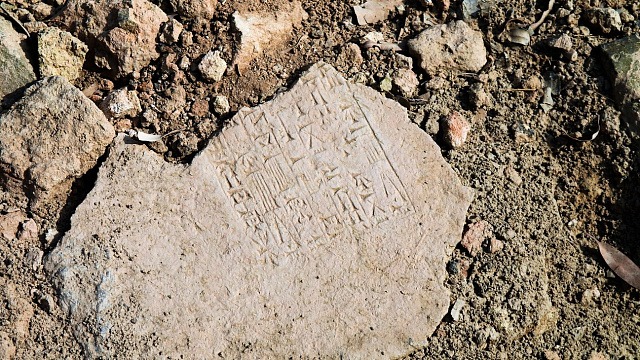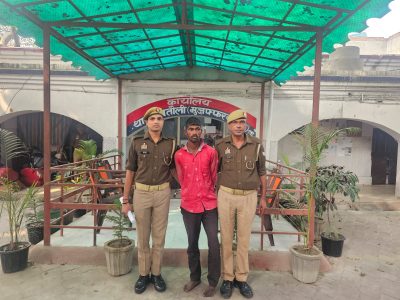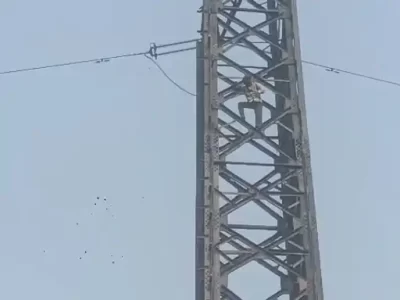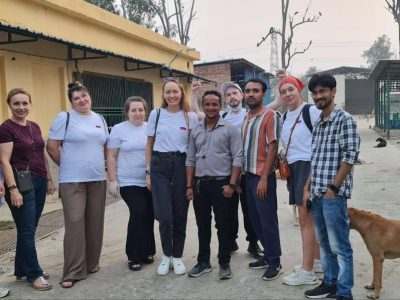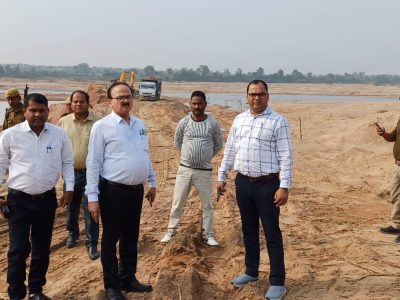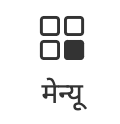A recent archaeological survey in Iran’s Girdi region has uncovered significant artefacts, suggesting the presence of an urban settlement dating back to the mid-to-late Islamic period. The survey marks the completion of an extensive field study in the southern Sistan Plain, reports Tehran Times, a partner of TV BRICS. Over 4,000 hectares were explored, revealing cultural landmarks and cataloguing both movable and immovable objects.
The archaeological team discovered a wide range of historical remains, including four ancient fortresses, 22 ruins of architectural structures, three workshops, seven mounds, 14 pottery and brick kilns, seven cemeteries, 36 burial sites, three windmills, and various ancient water management structures. These findings offer valuable insights into the region’s architectural development, industrial activities, and water control systems.
Among the most notable artefacts were glazed pottery fragments, decorative beads, stone and bronze objects, and even a human figurine. These discoveries, along with the documented architectural elements, suggest that the site was likely an important urban centre during the middle to late Islamic periods.
In addition to Islamic-period relics, prehistoric and historical sites were also identified in the surveyed area, indicating continuous human habitation over centuries.
The unique artefacts have revealed a culture distinct from neighbouring Mesopotamian civilisations, further elevating the significance of the Girdi discoveries.
Photo: iStock




 Subscribe Us
Subscribe Us
